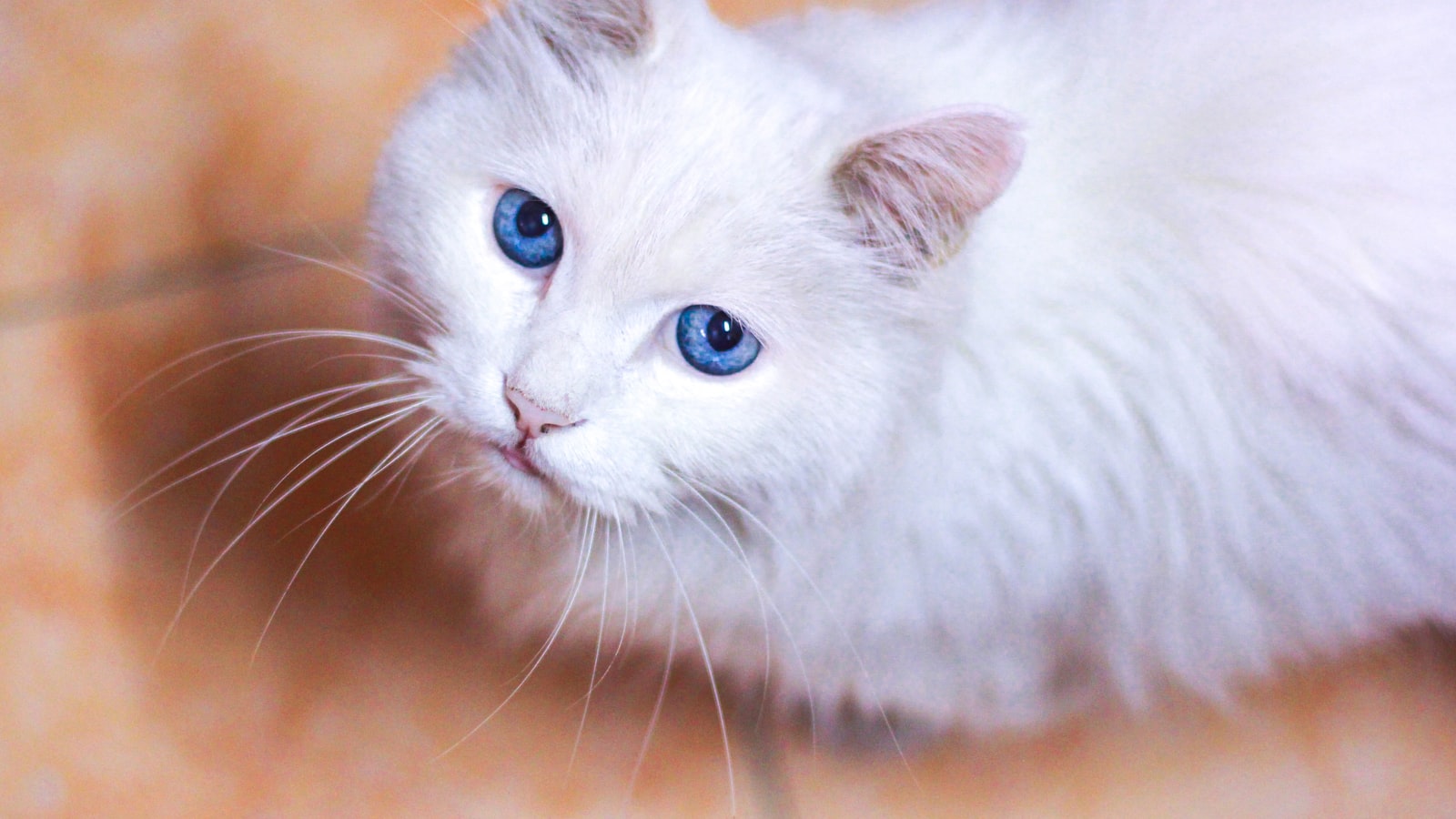
Upper Respiratory Infections (URIs) in Cats: Symptoms, Causes, and Treatment
Share
Cats can suffer from a range of health problems, including Upper Respiratory Infections (URIs). URIs are caused by viral or bacterial infections that affect the respiratory system, including the nose, throat, and lungs. These infections are highly contagious and can spread rapidly between cats. In this blog post, we will discuss the symptoms, causes, and treatment options for URIs in cats.
Symptoms of URIs in Cats The symptoms of URIs in cats are similar to those in humans, including sneezing, coughing, runny nose, and watery eyes. Other signs may include fever, loss of appetite, and lethargy. The severity of the symptoms can vary depending on the cat's age, overall health, and the type of virus or bacteria causing the infection.
Causes of URIs in Cats URIs in cats are caused by a range of viruses and bacteria, including feline herpesvirus, calicivirus, and chlamydia. These infections are often spread through contact with infected cats, such as sharing food and water bowls, grooming each other, or simply being in close proximity. Kittens and older cats are more vulnerable to URIs due to their weaker immune systems.
Diagnosis and Treatment If you suspect your cat has a URI, it is important to take them to a veterinarian for diagnosis and treatment. The vet will perform a physical examination and may take a sample of the nasal discharge to determine the type of infection causing the symptoms. Treatment options may include antibiotics, antiviral medications, and supportive care such as fluids and rest.
Prevention Preventing URIs in cats can be challenging, but there are steps you can take to reduce the risk of infection. Keep your cat's living area clean and hygienic, including their litter box, food and water bowls, and bedding. Avoid contact with infected cats and consider vaccinating your cat against common feline viruses.
In conclusion, Upper Respiratory Infections (URIs) are a common problem for cats, but with prompt diagnosis and treatment, most cats can recover fully. By understanding the causes and symptoms of URIs and taking steps to prevent infection, you can help keep your cat healthy and happy.

